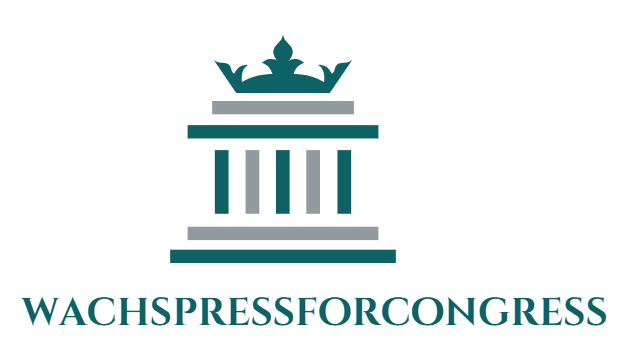Stretch film, or stretch wrap as it is more commonly known, is an unsung hero who quietly revolutionizes the way items are secured, protected, and delivered in the world of modern logistics and packaging. A thin, durable plastic film that is inconspicuous yet essential has become the cornerstone of packaging solutions in a variety of industries.
A thin, stretchy plastic film, stretch wrap is frequently created from polyethylene. Products are locked and secured onto a pallet using it. When Stretch Film Or Stretch Wrap: All You Need To Know tension is applied to a film that is wrapped around a pallet, the film expands and creates a force that holds the film in place. This common substance is a thin, elastic-plastic sheet intended to secure and safeguard objects during storage and transportation.
What Environmental Issues Are There With Stretch Film?
Stretch film environmental factors have become more prominent in response to the increased interest in environmentally friendly packaging methods. Due to their composition and thickness, traditional stretch films, which are typically manufactured from linear low-density polyethylene (LLDPE), present difficulties for recycling. To solve these environmental issues, nonetheless, progress has been made.
Stretch films that are recyclable are now provided by some producers, offering a greener option. The market for biodegradable stretch films is also expanding. As part of attempts to lessen the environmental impact of packaging materials, these films are made to decompose more quickly. Stretch film technology continues to advance in an effort to balance the film's practical qualities and environmental impact as demand for sustainability rises.
Role of Stretch Film Play in Packaging Cost-Efficiency
Stretch film is essential for efficient packaging because of a number of aspects that improve productivity, use less material, and lower the risk of product damage. Here is a thorough examination of how stretch film helps with economical packaging:
Material Efficiency & Reduced Product Damage
Stretch film is made to be both strong and thin, maximizing the use of available resources. This feature guarantees that a load can be wrapped and secured effectively with the least quantity of material possible. Stretch film is primarily used to enclose and stabilize goods on pallets during transportation. Stretch film considerably lowers the possibility of product damage brought on by contact or movement by preventing objects from shifting.
Labor Efficiency:
Both manually applying stretch film (hand stretch film) and mechanically applying stretch film are options. Both approaches are rather quick and simple, which increases labor productivity. Application by machine is very effective for higher volumes and steady loads. Stretch film can be applied quite quickly, which speeds up the packaging process. This effectiveness is particularly beneficial in sectors where quick packaging is necessary to fulfill strict deadlines and preserve supply chain timeframes.
Versatility in Packaging & Optimized Transportation Costs
Stretch film can be used to package loads of various sizes and forms because of its extreme versatility. As a result of its versatility, fewer packaging materials are required, which helps to cut costs and streamline inventory management.
Stretch film's low weight helps packing be more compact and lighter overall, which lowers the cost of shipping. In situations where transportation prices are determined by weight, this is very important.
Cost-Effective Alternative & Transparency
Compared to other packaging techniques like strapping or shrink wrapping, stretch film is frequently a more affordable option. Stretch film is an appealing solution for many industries due to its ease of use and capacity to deliver efficient load containment at a cheaper cost.
Stretch film's transparency makes it simple to identify products without having to remove the pallet from its packaging. Inventory management becomes more efficient as a result of the transparency, taking less time and effort to do manual checks.
Conclusion
Stretch film optimizes material utilization, lowers the possibility of product damage, improves labor efficiency, offers diversity in packing, and is a more affordable option than other techniques. It also minimizes shipping costs. It is a vital asset in achieving total cost efficiency in numerous businesses because of its function in expediting the packaging process while assuring the safety of goods.


